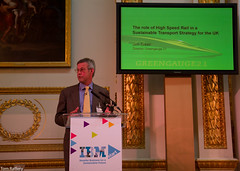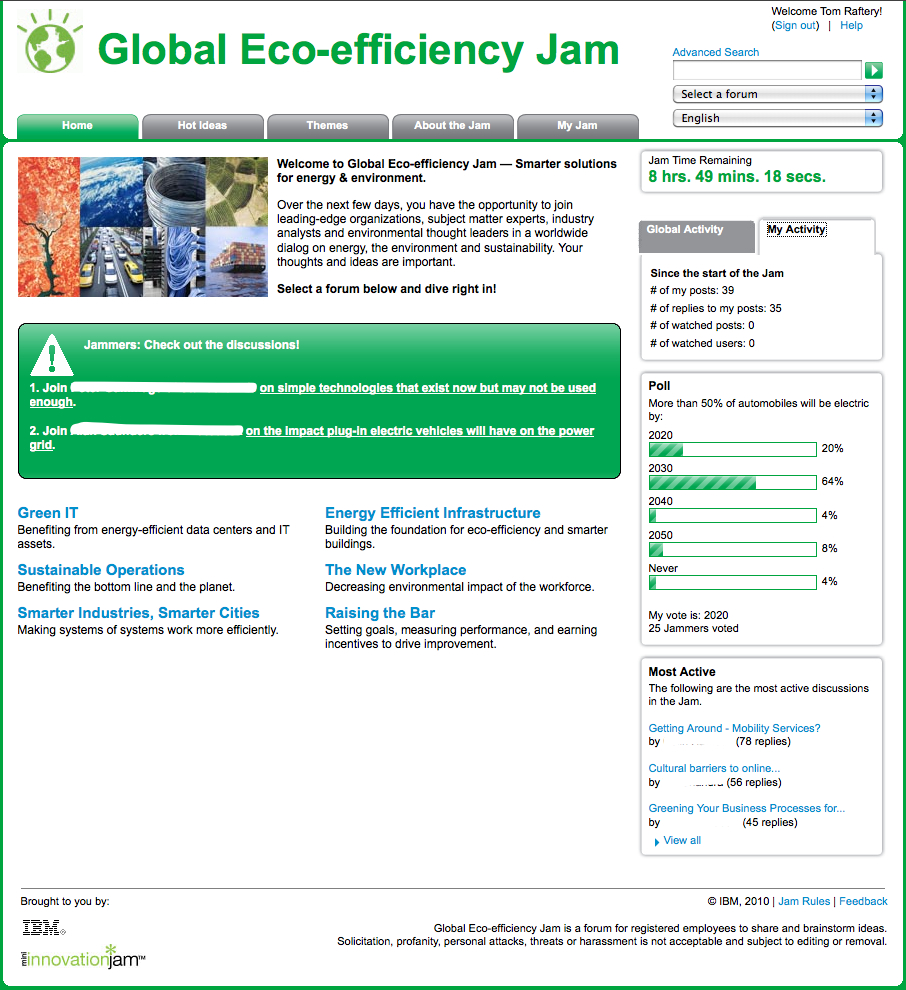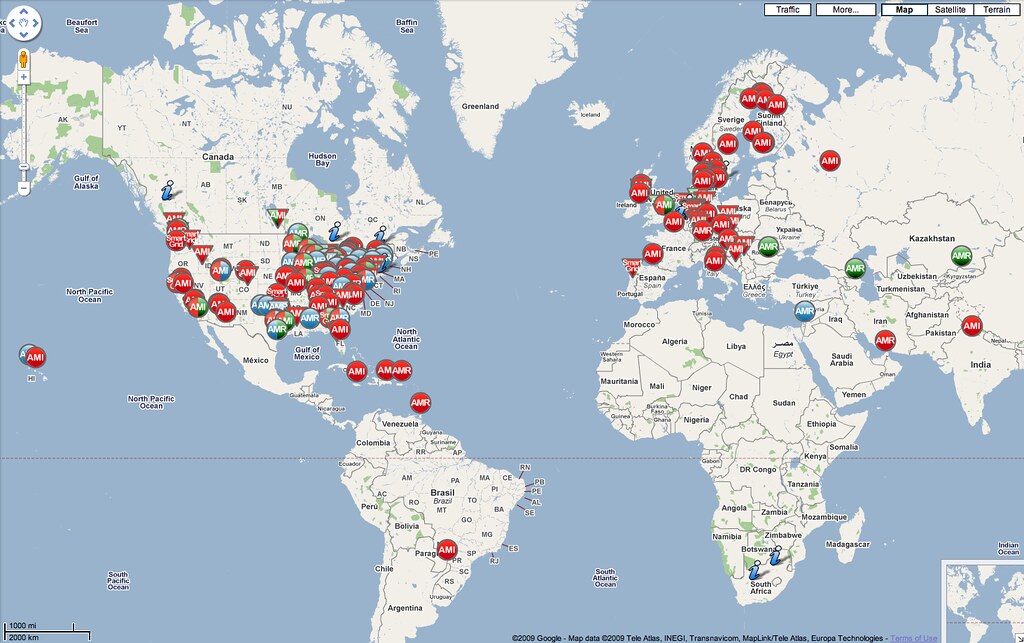I attended the first three days of IBM’s Start summit last week and I’m definitely going back this week for more.
The venue (Lancaster House) is a sumptuous mansion in the centre of London whose opulence, defies description!
The event kicked off with a day dedicated to discussing Smarter Cities. The speaker list included Martin Powell (Boris Johnson’s Advisor on the Environment), Nigel Hugill (Chair of the board, Centre for Cities), Hamish McRae (Associate Editor, The Independent), and Emma Harrison CBE (who seemed a little out-of-place to be honest!).
The audience on the day included several chief executives of cities, the talks (especially Martin Powell’s Achieving a Sustainable 21st Century City Environment) were incredibly interesting, and the networking was tremendous.
Day two was Smarter Energy for a Sustainable Future. This was by far the best of the three days I attended, which says a lot considering how good the other days were! Again, the speakers (incl Charles Hendry (UK Minister of State for Energy and Climate Change), Martin Lawrence, (MD, EDF) and Rachel Fletcher, Director Distribution, Ofgem) and the audience were stellar but two things made this day stand out for me: 1) there was far more audience participation encouraged than either of the other two days and 2) most of the discussions were about Smart Grids – a topic I have had a deep interest in for some time now.
Day three was all about Smart Transportation. Once more the delegate and speaker lists were stratospheric. Speakers included Philip Hammond (UK Secretary of State for Transport), Ken Livingstone (former Mayor of London who introduced London’s Congestion Charge), Prince Charles (Prince of Wales and one of the initiators of the event), Graham Dalton (Chief Executive of the Highways Agency) and Len Porter (Chief Executive of RSSB) and Keith Ludeman (Group Chief Executive, Go-Ahead Group). Unfortunately, as I was flying home, I missed most of the afternoon sessions of the smarter transport day (and no, the irony is not lost on me!) but the morning discussions were fantastic.
Two things which appear not to have been covered during the Smarter Transport day were sections dedicated to shipping (though this may be covered in the Smarter Supply Chain day) and walking/bike schemes.
A few critiques – the event is being held under the Chatham House rule which, while it is supposed to foster freer discussion at the event, it stifles reporting of the event subsequently. Also, the connectivity (even 3G) at the event is ery poor – probably a consequence of the building being owned by the UK Foreign Office and finally, there was no beer on offer at the reception – only wine!!!
If those were my only gripes with the event, you know it was good. The most impressive thing for me from the three days was the fact that no speaker (IBM or otherwise) mentioned a single IBM product. This was not a sales oriented event.
I’m back again for days seven and eight and I’m really looking forward to more of the same. Well done Caroline Taylor and the IBM team.





